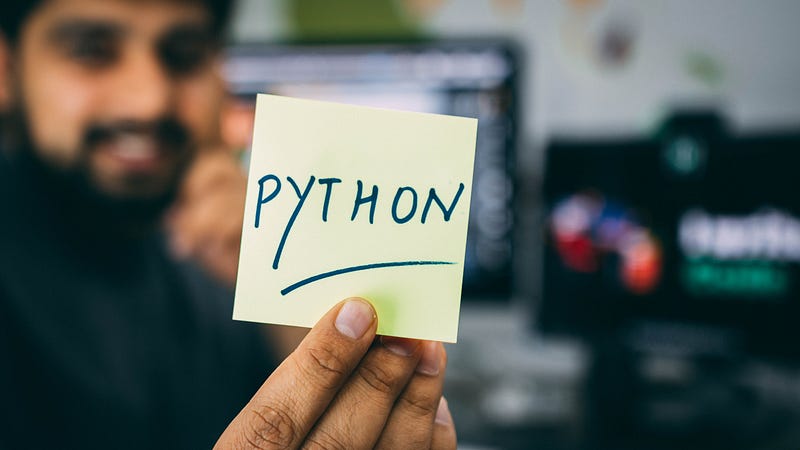Exploring Image Manipulation in Python with Wand and More
Written on
Chapter 1: Introduction to Wand
Wand is a Python library that offers an intuitive interface for handling images through the ImageMagick command-line tools. This library simplifies the process of reading, writing, and manipulating images across various formats such as JPEG, PNG, TIFF, and PDF.

Photo by Hitesh Choudhary on Unsplash
One of the standout features of Wand is its user-friendliness. It provides a high-level interface, making it straightforward to execute common tasks like resizing, cropping, and format conversion. For instance, here’s how to resize an image using Wand:
from wand.image import Image
# Load an image with Wand
with Image(filename='input.jpg') as img:
# Resize the image
img.resize(128, 128)
# Save the resized image
img.save(filename='output.jpg')
In addition to basic functions, Wand includes several advanced capabilities such as image compositing, color correction, and text rendering. Below is an example demonstrating how to composite two images together:
from wand.image import Image
# Load the first image
with Image(filename='image1.png') as img1:
# Load the second image
with Image(filename='image2.png') as img2:
# Composite the two images
img1.composite(image=img2)
# Save the resulting composite image
img1.save(filename='output.png')
Wand also supports working with PDF files, allowing users to extract images from them, convert PDFs into images, and even create new PDFs from scratch. Here’s how you can convert a PDF into a series of images:
from wand.image import Image
# Open a PDF document
with Image(filename='input.pdf') as img:
# Process each page in the PDF
for i, page in enumerate(img.sequence):
# Convert the page to an image
with Image(page) as page_img:
# Save the page as an image
page_img.save(filename='page_{}.jpg'.format(i))
Overall, Wand stands out as a robust and user-friendly library for image processing in Python. Its straightforward interface and broad compatibility with various image formats and operations make it an ideal choice for image manipulation and analysis tasks.
Section 1.1: Video Resources for Image Processing
To further enhance your understanding of image processing with Python, consider checking out the following videos:
The first video titled "Image Processing with OpenCV and Python" introduces the basics of image processing using OpenCV, a powerful library for computer vision.
Additionally, "The Ultimate Introduction to Pillow: Image Manipulation in Python" provides insights into using the Pillow library, which offers similar functionalities.
Chapter 2: Conclusion
Wand is an effective tool for anyone looking to work with images in Python, providing both simplicity and a wealth of features that cater to various image processing needs.